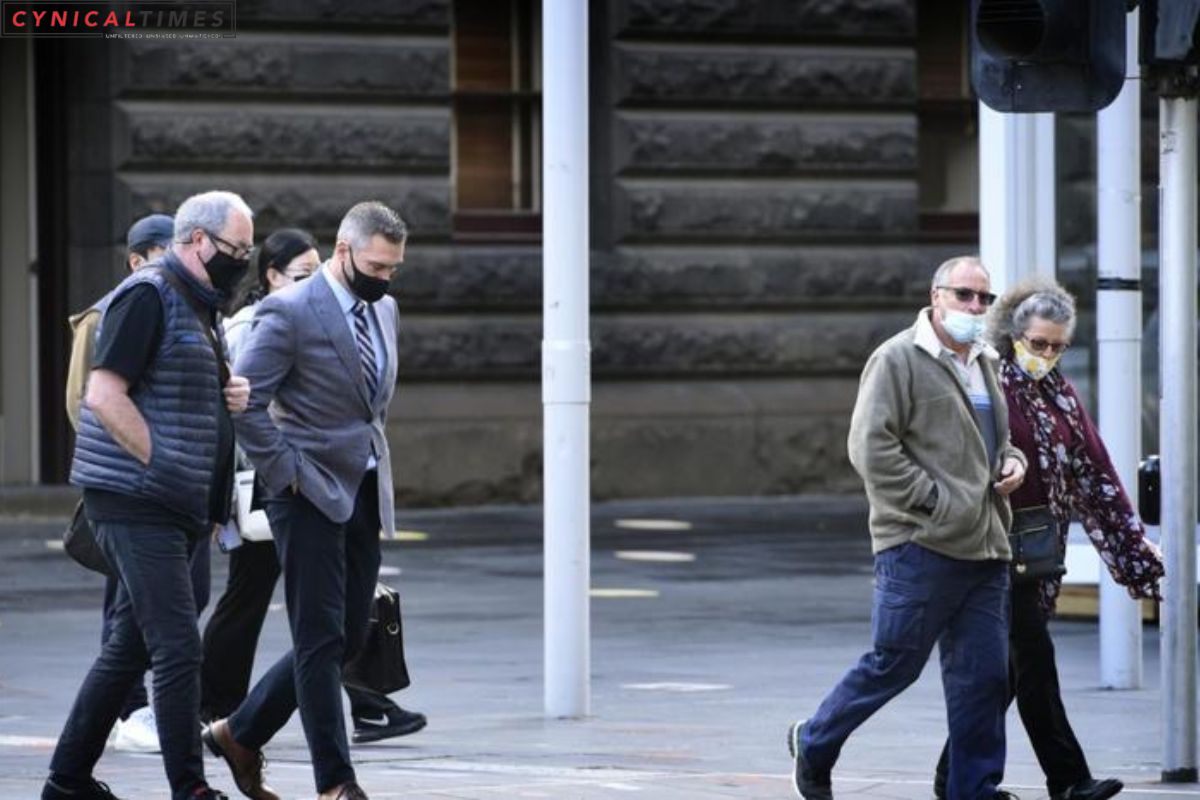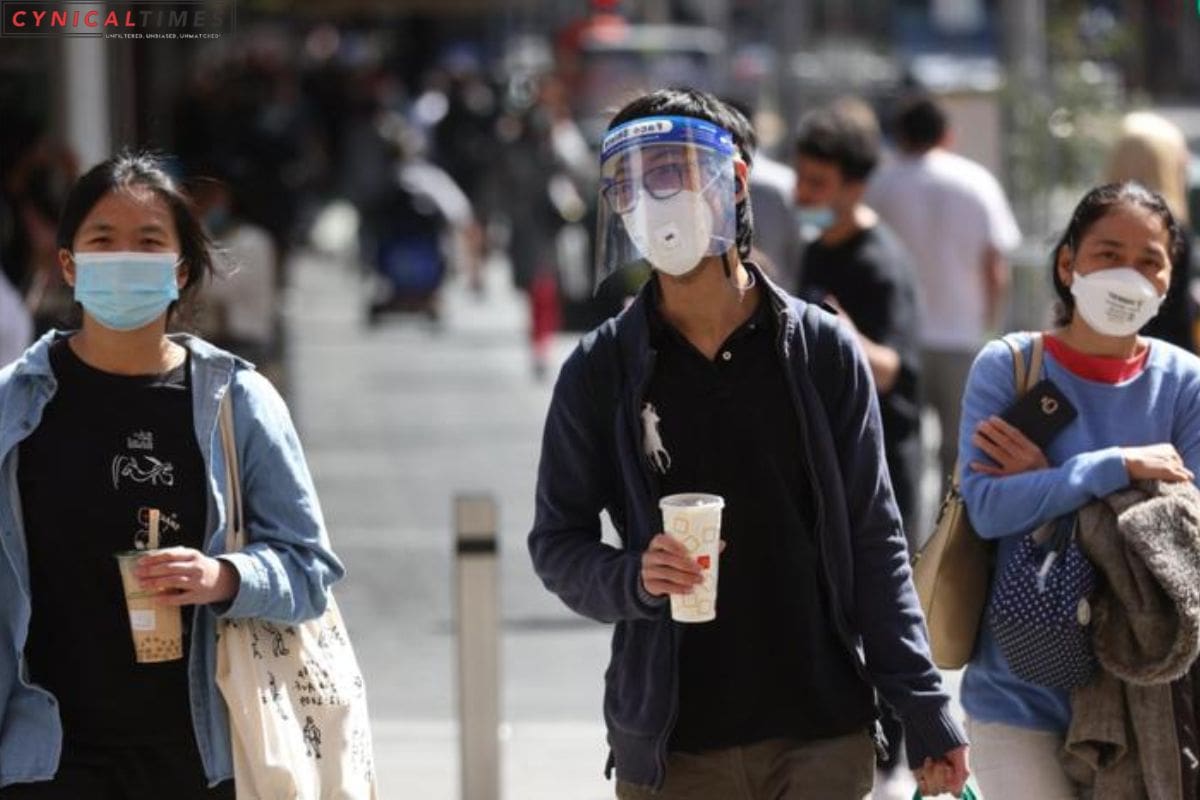Australia Faces Eighth Covid Wave: Australia finds itself in the throes of its eighth wave of the Covid-19 pandemic, with cases surging across states and territories. This surge comes less than two weeks after the country’s emergency response to the disease was officially declared over.
In the past week, the nation reported 6,605 new confirmed cases of Covid-19 as of October 27, with the highest numbers recorded in New South Wales (1,911), Victoria (1,407), and South Australia (1,069), as indicated by the country’s live Covid tracker.
On October 20, Professor Paul Kelly, Australia’s Chief Medical Officer, made the significant announcement that Covid-19 would no longer be classified as a Communicable Disease Incident of National Significance (CDINS). Despite this change, Professor Kelly reassured Australians that it would not lead to any substantial alterations in the management of Covid-19.


Also Read: Oral Care for Diabetics: Study Suggests Home Regimen with Antimicrobial Rinse and Brushes
He emphasized, “Our focus remains on vaccination, prevention, reducing transmission, and the management of severe illness, hospitalizations, and fatalities. Targeted surveillance and monitoring of Covid-19 will persist through well-established national and sentinel surveillance programs. Data and reports on Covid-19 will continue to be regularly published and updated.”
Professor Kelly pointed out that Australians are now transitioning to a “business as usual” approach due to the immunity established through vaccinations and prior infections. He added that Covid-19 numbers are not expected to significantly spike in the coming weeks.
Speaking about the current situation, he said, “Each wave we’ve experienced this year has been less severe than the previous. While there’s still a possibility of a new variant of concern, when we look at developments since late 2021 when Omicron emerged, we’ve seen numerous subvariants, but nothing has drastically altered the course.”


The Australian Health Protection Principal Committee (AHPPC) endorsed Professor Kelly’s declaration, stating that Covid-19 was no longer deemed a public health emergency. They emphasized that while ongoing waves of infection can be anticipated in the coming years, current and emerging variants pose similar risks to other circulating Omicron strains. As a result, continued adherence to protective behaviors, such as vaccination and mitigation strategies, is now more appropriate than an emergency response.
This article reflects Australia’s ongoing battle with Covid-19 and its shift towards a more sustainable approach in the face of the pandemic’s evolving dynamics.
Our Reader’s Queries
Why is COVID surging again?
The virus responsible for COVID-19, SARS-CoV-2, is constantly evolving as it replicates itself in more and more individuals. This is not an uncommon occurrence. As it mutates, it becomes more adept at evading our immune systems and causing illness.
What is the new strain of COVID-19 in Australia?
According to Professor Adrian Esterman, an epidemiologist from the University of South Australia, JN.1 originated from the Omicron variant BA.2.86, also known as Pirola. This variant caused quite a stir when it was first discovered in July 2023.
What is the latest COVID variant?
The United States is currently experiencing a surge in Covid cases, largely due to the JN.1 variant. This strain is causing a significant increase in hospitalizations and fatalities throughout the nation.
Is there a new wave of COVID?
As the United States battles another surge of covid-19 cases, it’s becoming clear that the virus tends to spike during the holiday season. With many Americans returning to school and work, doctors and public health officials are preparing for even greater transmission rates. It’s a challenging time, but we must remain vigilant in our efforts to slow the spread of this deadly virus.

